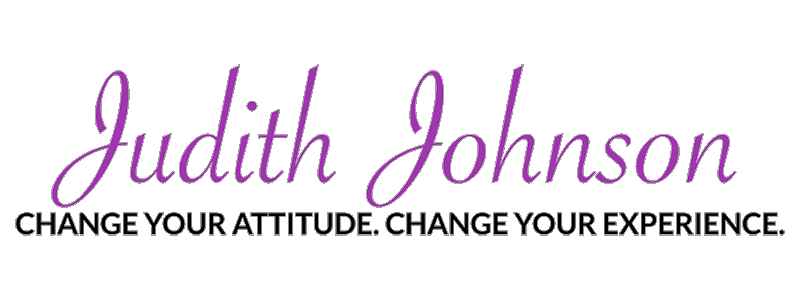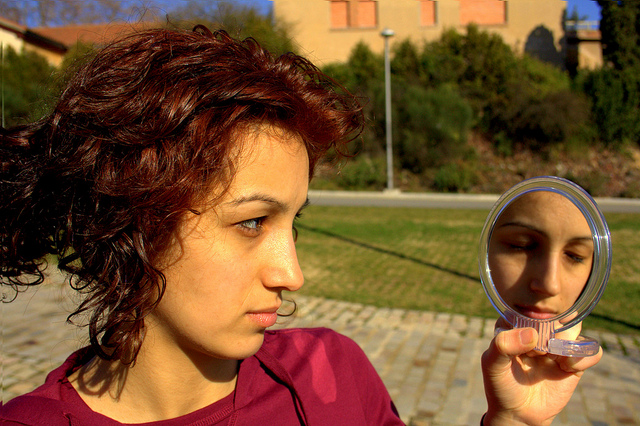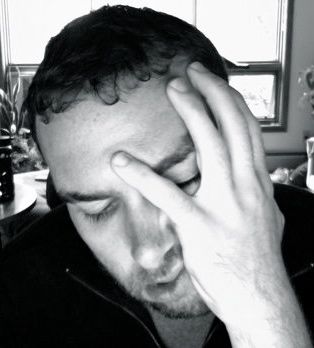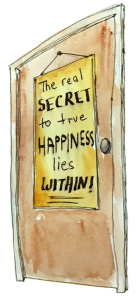As a mentor, I often find myself working on the same bottom line with clients — are you letting your heart sing? This is a powerfully loaded question that deserves some unpacking here.
First, let’s look at what it means to let your heart sing. Think of a time or times when you have been in your glory. It could have been a particular meeting, job, relationship, a song you sang, a book you wrote, or just a humble yet essential moment in your daily life. These moments typically engage a person in the flow of creatively expressing something they are deeply passionate about. It’s as though your body, heart, mind, and soul are in a personal harmonic convergence and you can feel your heart smiling. There is a fulfillment — a sating of a piercing hunger that has been building in your soul.
I’ve come to recognize that my heart sings best when I am experiencing a loving oneness with another — whether someone close to me, a client, or a total stranger. For example, I can be walking down the street and have my eyes meet deeply with the eyes of a stranger for the briefest of moments and zoom past all the things that normally prevent such an essential connection from occurring. My heart also sings when I am effectively being of service and when I am able to communicate well. What about you? What makes your heart sing?
Once you have identified one or several strong examples of you at your best, ask yourself some of the following questions:
- What did it feel like in your heart? Soul? Mind? Body?
- How did you know you were in your zone?
- What were the characteristics of the experience? For example, did certain people, circumstances, forms of expression, or heightened experiences facilitate your reaching the point where your heart was singing?
- What specifically do you need to be, do, or have to make your heart sing?
Notice the question isn’t is your heart singing? It’s are you letting your heart sing? In this crazy world we live in, very few hearts simply sing anymore. It’s not that it is not important, but rather that we are too busy giving our attention to other matters. We need to make our lives conducive to allowing our song to emerge — even within the simple moments of our everyday lives. So, if your heart rarely or never sings, here are some things you might want to do:
-
- Listen deeply to yourself: When our lives are filled with stress and more activities than time, our focus tends to be outward rather than inward. We need to deeply immerse ourselves in quiet contemplation and focus on the urges of our heart and soul. In the absence of such inner grounding, we are likely to live our lives hoping that this person or that job will somehow bring us greater happiness. In other words, we give over the power to yield our happiness to others and we become the recipients of whatever they happen to give to us. This kind of passive living rarely makes our heart sing. It is far more likely to get us to focus on manipulating this other person or situation to yield that nebulous and ill-defined happiness we seek. Our heart’s song comes from a deeper place within us that we must visit and become familiar with to create the pathway for its expression.
-
- Be mindful of living from the inside out: In the business of our lives, it is very easy to lose track of our essential self — the part that imagines and dreams about creating, promoting, and allowing our inner yearnings to manifest in our lives. Too often, we find ourselves at the end of our lives with a voluminous bucket list of unfulfilled dreams and desires. If something deep within us keeps seeking our attention and we keep ignoring it, it eventually gets drowned out by the drumbeat of daily life. Then in the quieter days of our life’s end, we have too many regrets. So, take time to listen deeply and to create an energy flow that moves from deep within you outward into expression in your life. This could be as simple as wanting a particular color in your environment or taking the time to call an old friend. We must not only listen to our inner yearnings, we must honor them through action so we can bring them to fulfillment.
-
- Dare to sing: Letting your heart sing means making that a priority. It means going for “it” — daring to give expression to your heart’s desire and best vision of what your life could be. Get in the practice of doing at least one thing each day that evokes your soul’s expression. Make that important enough to make it a habit.
-
- Set clear intentions: Seeking a vague sense of being happier yields only disappointment with the present. If you want to create more health, wealth, happiness, and inner fulfillment, then you have to be specific with yourself about what exactly you need to do differently to move in the right direction to fulfill your dreams. This year, for example, I have set four very specific intentions for what I want to bring forward in my life. Every day, I affirm those intentions morning and night and challenge myself to spend as much of my time as possible bringing those intentions into reality. If you want your heart to sing, be very clear with yourself about what that involves and don’t try to do it all at once. Set manageable, doable intentions that affirm your willingness to do what it takes to bring them forward in your life.
-
- Focus your attention on your intentions: You must breathe life into your intentions through action every day. Don’t wait for someone else to magically appear who will recognize what brings out the best in you and allows your heart to sing. Take ownership of your own life — get in the driver’s seat and go for it!
There is only one you. So, please give voice to your most beautiful inner song and share it with the rest of us.













